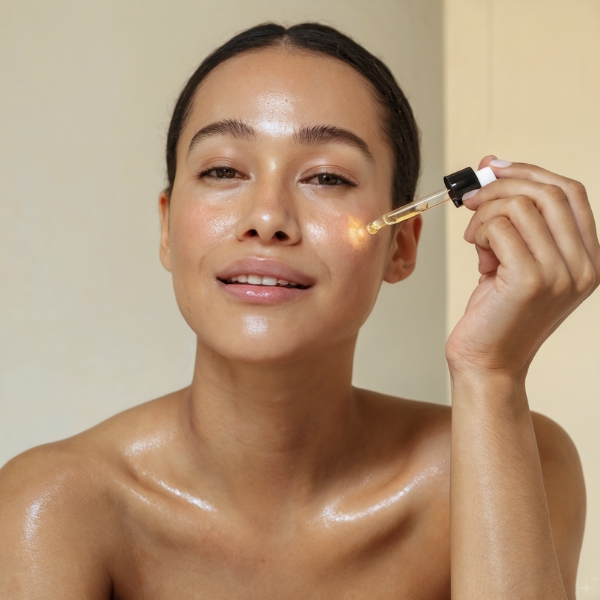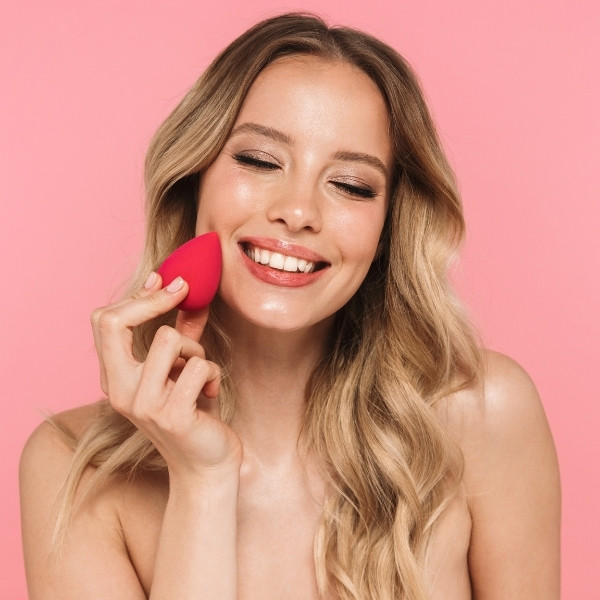Guide to Facial Peels and How They Work. Facial Peels Made Easy – What They Do & How to Use Them. Facial Peels for Every Skin Type. Acne, Wrinkles, Dark Spots? Here’s How Facial Peels Can Help.
This site contains affiliate links. For more info, please see our full disclosure.
Facial peels might sound intense, but they’re actually one of the best ways to refresh your skin and get that healthy, radiant glow! Whether you’re dealing with acne, fine lines, dark spots, or just want smoother skin, there’s a peel out there for you. Think of it as hitting the reset button for your face—gently removing dead skin cells so fresh, new skin can shine through. The best part? You don’t have to book a pricey spa appointment because at-home options work wonders too!
If you’ve ever wondered how facial peels work, you’re not alone. They use powerful ingredients like glycolic, lactic, and salicylic acid to exfoliate and reveal brighter, healthier skin. Some peels hydrate, some fight acne, and others help with anti-aging—so choosing the right one is key. But don’t worry, it’s not as scary as it sounds! When used correctly, peels can transform your skin without irritation.
Before you dive in, it’s important to know which peel is best for your skin type and concerns. Do you have sensitive skin? You’ll want something gentle. Struggling with acne? There’s a peel for that! Hoping to smooth wrinkles and fade dark spots? Peels can help with that too. The trick is using them safely—starting slow and always following up with SPF.
Not sure where to start? We’ve got you covered with a breakdown of the best facial peels, how they work, and top picks from Sephora. Get ready to glow!
Guide to Facial Peels and How They Work
What Are Facial Peels?
- Exfoliating treatments that remove dead skin cells and stimulate cell renewal.
- Use acids or enzymes to dissolve impurities and improve skin texture.
- Can be done at home with mild peels or professionally for deeper results.
Who Should Use Facial Peels?
- Anyone looking to improve skin texture, tone, and clarity.
- People dealing with acne scars, dark spots, fine lines, or dullness.
- Those wanting a non-invasive way to refresh their complexion.
What Skin Types & Conditions Benefit Most?
- Oily & Acne-Prone Skin: Helps unclog pores, reduce breakouts, and control oil.
- Dry & Dehydrated Skin: Removes flaky skin and boosts hydration when paired with the right moisturizer.
- Sensitive Skin: Can use gentle peels like lactic acid or enzyme-based options.
- Aging Skin: Stimulates collagen production, reducing fine lines and wrinkles.
Why Should You Consider Facial Peels?
- Instantly brightens and smooths skin.
- Helps with acne, hyperpigmentation, and signs of aging.
- Enhances absorption of other skincare products.
- Minimizes pores and evens out skin tone.
Are Facial Peels Good for Acne-Prone Skin?
- Yes! Peels with salicylic acid help unclog pores and prevent breakouts.
- Reduces acne scars and post-inflammatory hyperpigmentation.
- Use gentle, non-irritating formulas if you have active breakouts.
Are Facial Peels Good for Aging Skin?
- Absolutely! Peels with glycolic acid or retinol boost collagen production.
- Helps reduce fine lines, wrinkles, and age spots.
- Encourages cell turnover for fresher, younger-looking skin.
How to Avoid Irritation & Allergic Reactions?
- Patch Test First: Apply a small amount to your jawline before full use.
- Start Slow: Use once a week to see how your skin reacts.
- Hydrate & Protect: Follow up with a hydrating serum and SPF.
- Avoid Harsh Ingredients: Don’t mix peels with strong actives like retinol or benzoyl peroxide on the same day.
Sephora Product Recommendations
- For Brightening: Drunk Elephant T.L.C. Sukari Babyfacial (AHA/BHA blend for a radiant glow)
- For Acne-Prone Skin: The Ordinary Salicylic Acid 2% Masque (Targets blemishes & oil control)
- For Aging Skin: Sunday Riley Good Genes Lactic Acid Treatment (Smooths fine lines & brightens)
- For Sensitive Skin: Farmacy Honeymoon Glow AHA Resurfacing Night Serum (Gentle yet effective)
Guide to Facial Peels and How They Work
Facial peels are a game-changer for glowing, healthy skin! Whether you’re battling acne, dullness, or signs of aging, there’s a peel out there for you. Start slow, choose the right formula for your skin type, and always follow up with SPF. Ready to glow?








